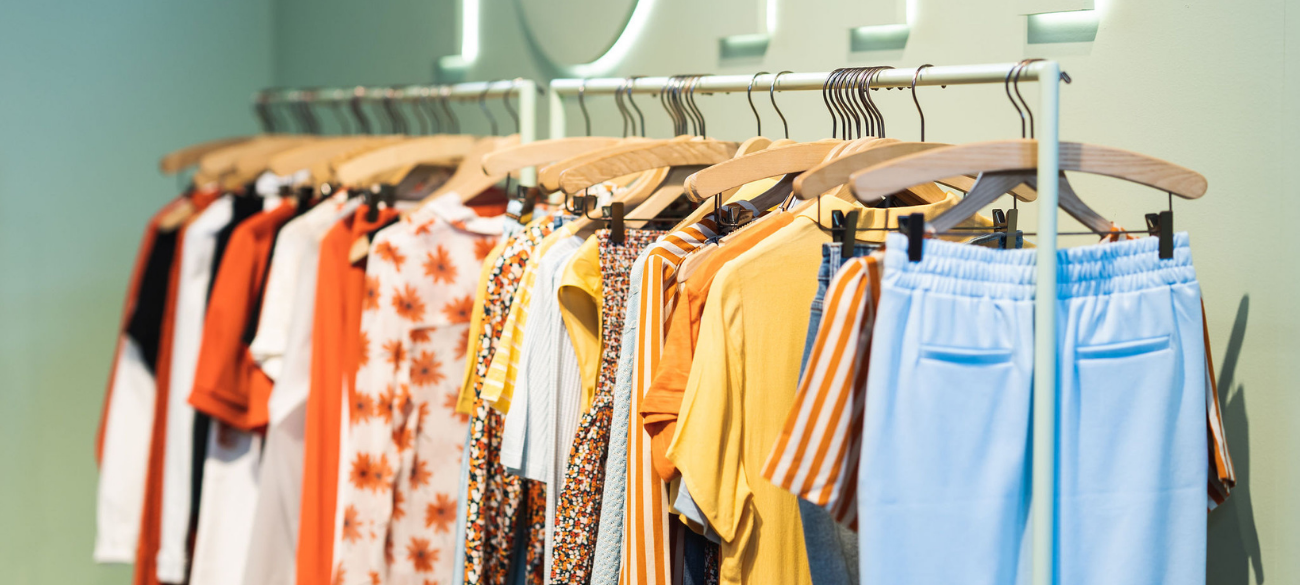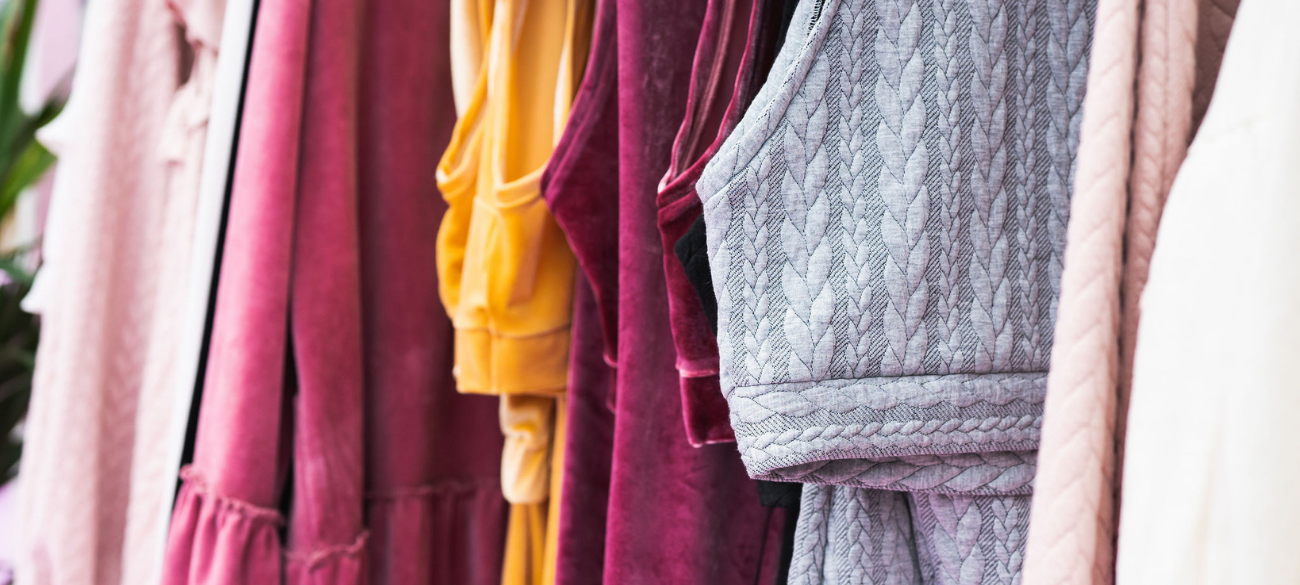Create a free retailer account now or view the other options.
The state of the fashion industry during coronavirus crisis #2
The coronavirus crisis is really putting the fashion industry to the test. Retailers are being challenged to rethink purchasing and selling, and are seeing profits fall. In this second article, retail organisation Euretco brings us up to date on the latest state of affairs. How are we doing? What are the trends? Here’s what we found out.
Shift in seasonal patterns, flexible purchasing packages in demand
The end of the summer season, which was extended with more than a month, brought with it a fresh challenge for fashion retailers. The new selling season was only just out of the starting blocks in mid-October when the dreaded second wave came a knocking. However, this time around, the retailers were better prepared. As in the first coronavirus period (in March), it is important that retailers refocus on creativity and flexibility. It’s time to once again consider how to attract consumers to the (web)stores. Collaborations are also being closely scrutinised. Both the fashion brands and the stores are demanding increased purchasing flexibility. Retailers have learnt from the first wave, and work with partners offering staggered deliveries or flexible purchasing packages (that can even be cancelled), which alleviates liquidity pressure. This means that the seasonal patterns, once sacred, are now less matter of course. More on this later.
Second wave and fashion sales now
So what of turnover during the first wave? Euretco indicates that seasonal turnover from the third week of March was 18 per cent down on the previous year. Women’s fashion took a 15 per cent hit, and men’s fashion was down 25 per cent on 2019. Children’s fashion performed surprisingly well in the first season: turnover was akin to that of the previous year.
What can we expect now? Turnover, understandably, is still lagging – with the exception of children’s fashion, which Euretco says is putting in decent weekly performances at times. Due to reduced and later deliveries, resales are almost in line with last year. The impact of falling turnover is partly offset by spread and lower deliveries. At this point in the selling season, there is greater profitability. It is important to capitalise on this before the major sales season kicks off. Due to the fact that the independent fashion stores are supplied differently, stores will hopefully once again remain of interest to consumers for longer this season.

Women’s and men’s fashion take a hit, children’s fashion performing remarkably well
From January to mid-October, turnover for the fashion branch as a whole is down 16 per cent. Women’s fashion is lagging 14 per cent behind last year, and men’s fashion is down 19 per cent. Turnover in the children’s category is striking: it’s actually up on last year. In late March, the prospects were distressing, everyone knew that we were dealing with more than a simple summer flu. The fashion industry suffered tremendously, as did many other industries. It spelt the end for various players that were unable to respond on time, and that couldn’t free themselves from the old seasonal patterns. If we are to take a positive lesson from this period, it’s that the fashion world benefits from an end to the stubborn fixation on seasonality. And moving forward, that’s a prospect to relish.
Written by Marjolein Stormezand, in collaboration with Euretco
Share article

